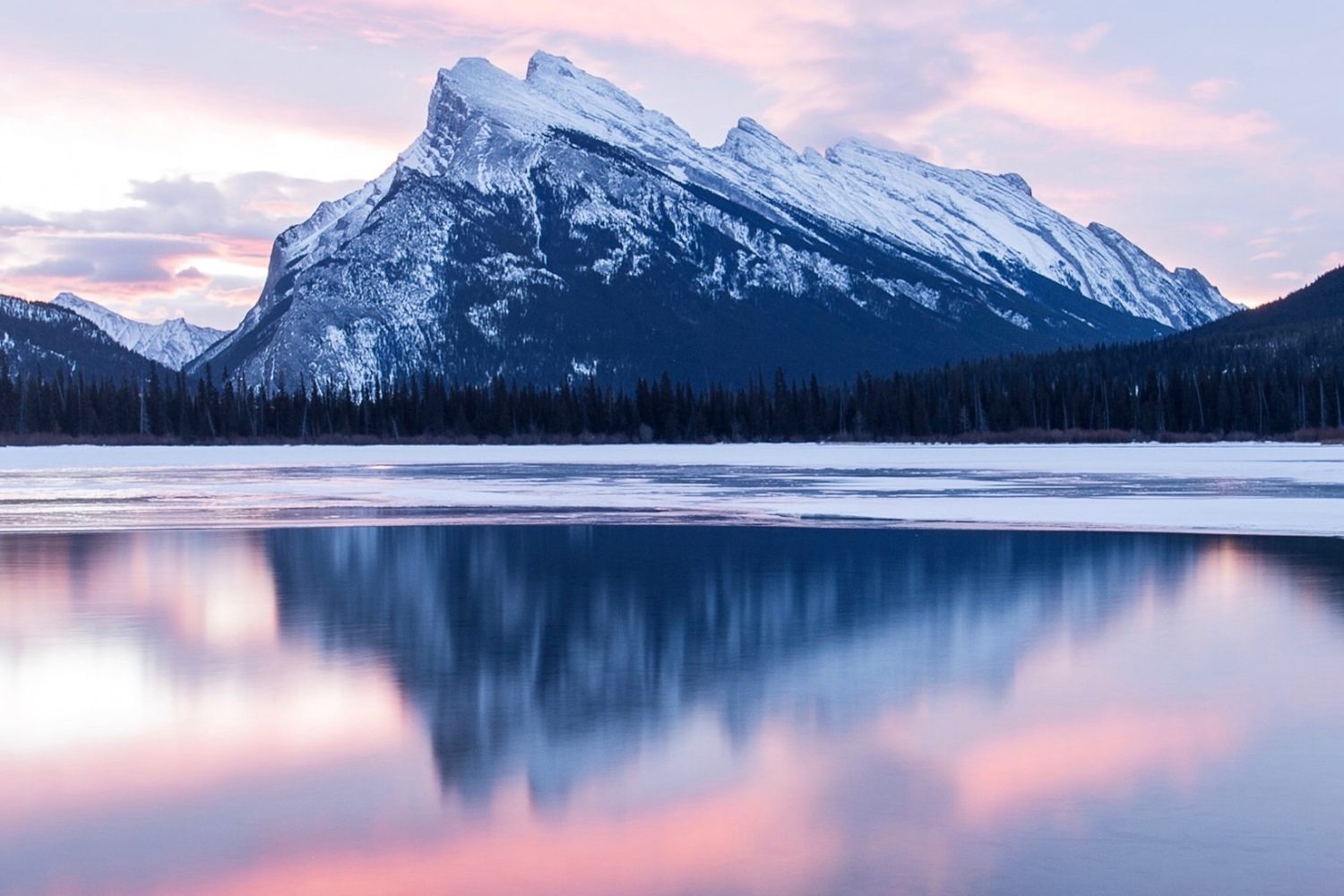Landscapes
1. The first port of call for most locations is an online map service, such as Google Maps. The amount of detail available on the satellite view, along with the Street View facility, is invaluable for getting an insight into the basic features and landscape.
2. Photographer's Ephemeris
3. A zoom or telephoto lens often distorts at least part of the image, making a sequence harder to stitch together.
4. The latest digital SLR, and improved raw-processing software such as Light room 6, mean that you can often reclaim a lot of the highlight and shadow detail.
5. A strong water-proof plastic bag, cleaning cloths and microfiber towels.
6. It allows you to see all of the possible viewpoints, and using different elements in the foreground or background. But there are usually many viewpoints that you can use, taking shots that offer a fresh take on a familiar subject.
7. The key is to allow the subject to influence the composition, rather than trying to force the subject to conform to the rule.
8. decide which part of the scene is essential to the composition, start to include other elements, usually one at a time, to see if they will fit into the composition without detracting from the main subject, keep checking that all of the elements of the scene work together, and that the main element you identified at the start is still what your eye is drawn to.
9. There are two distinct weather and lighting conditions that prompt us to think in black and white. The first is a heavy, cloudy sky, which tends to produce very monochromatic results anyway. The second is when there are fluffy clouds in a bright, blue sky.


2. Photographer's Ephemeris
3. A zoom or telephoto lens often distorts at least part of the image, making a sequence harder to stitch together.
4. The latest digital SLR, and improved raw-processing software such as Light room 6, mean that you can often reclaim a lot of the highlight and shadow detail.
5. A strong water-proof plastic bag, cleaning cloths and microfiber towels.
6. It allows you to see all of the possible viewpoints, and using different elements in the foreground or background. But there are usually many viewpoints that you can use, taking shots that offer a fresh take on a familiar subject.
7. The key is to allow the subject to influence the composition, rather than trying to force the subject to conform to the rule.
8. decide which part of the scene is essential to the composition, start to include other elements, usually one at a time, to see if they will fit into the composition without detracting from the main subject, keep checking that all of the elements of the scene work together, and that the main element you identified at the start is still what your eye is drawn to.
9. There are two distinct weather and lighting conditions that prompt us to think in black and white. The first is a heavy, cloudy sky, which tends to produce very monochromatic results anyway. The second is when there are fluffy clouds in a bright, blue sky.
10. You can spend less time researching the area, although it’s still good to look out for viewpoints, compositions and subjects you might have missed.
11.




Comments
Post a Comment